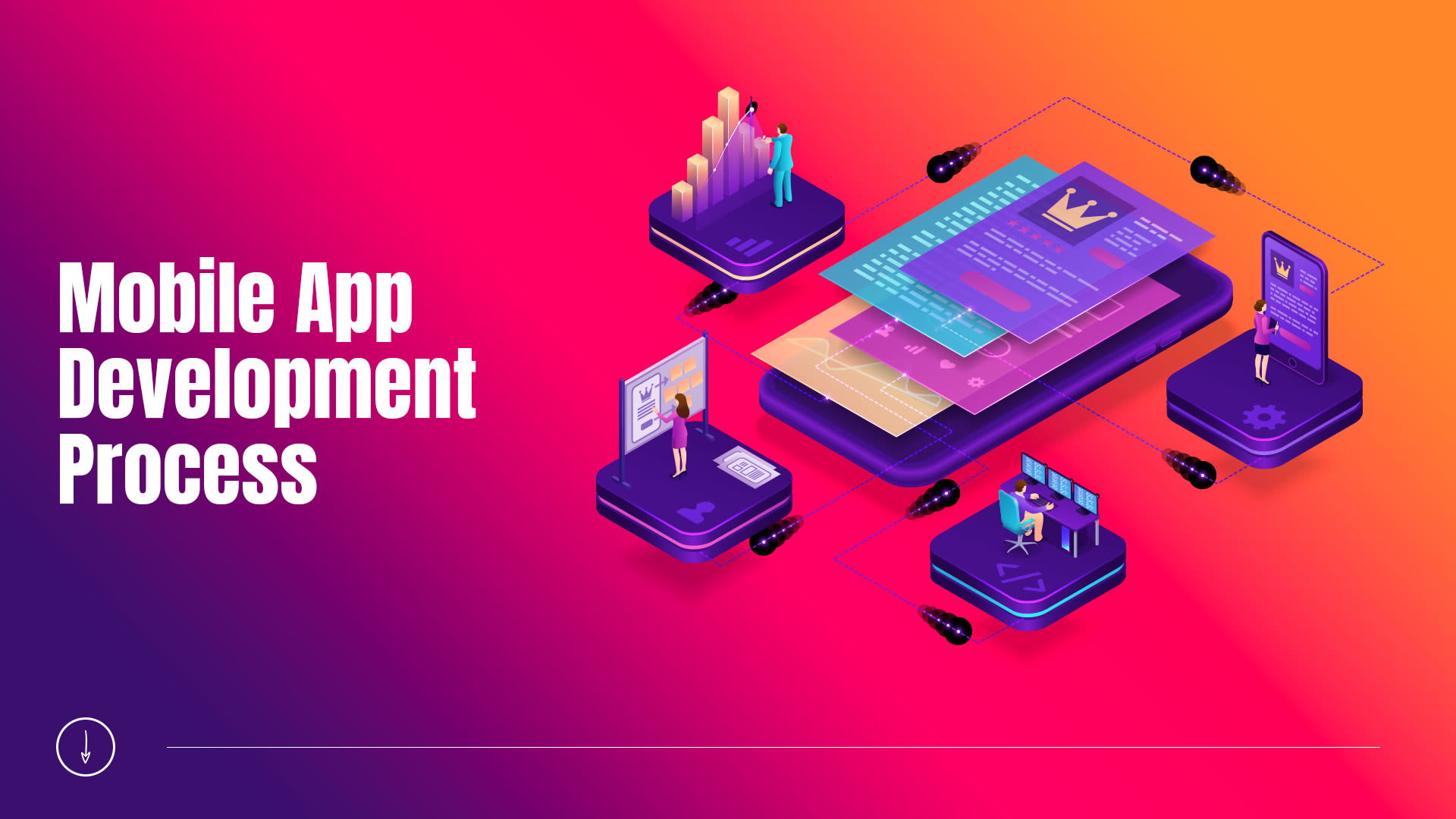
Mobile App Development Process
Have you ever wondered what goes on in developing a mobile app?
Below we have briefly discussed the steps to build quality mobile applications for your business.
Project Requirement
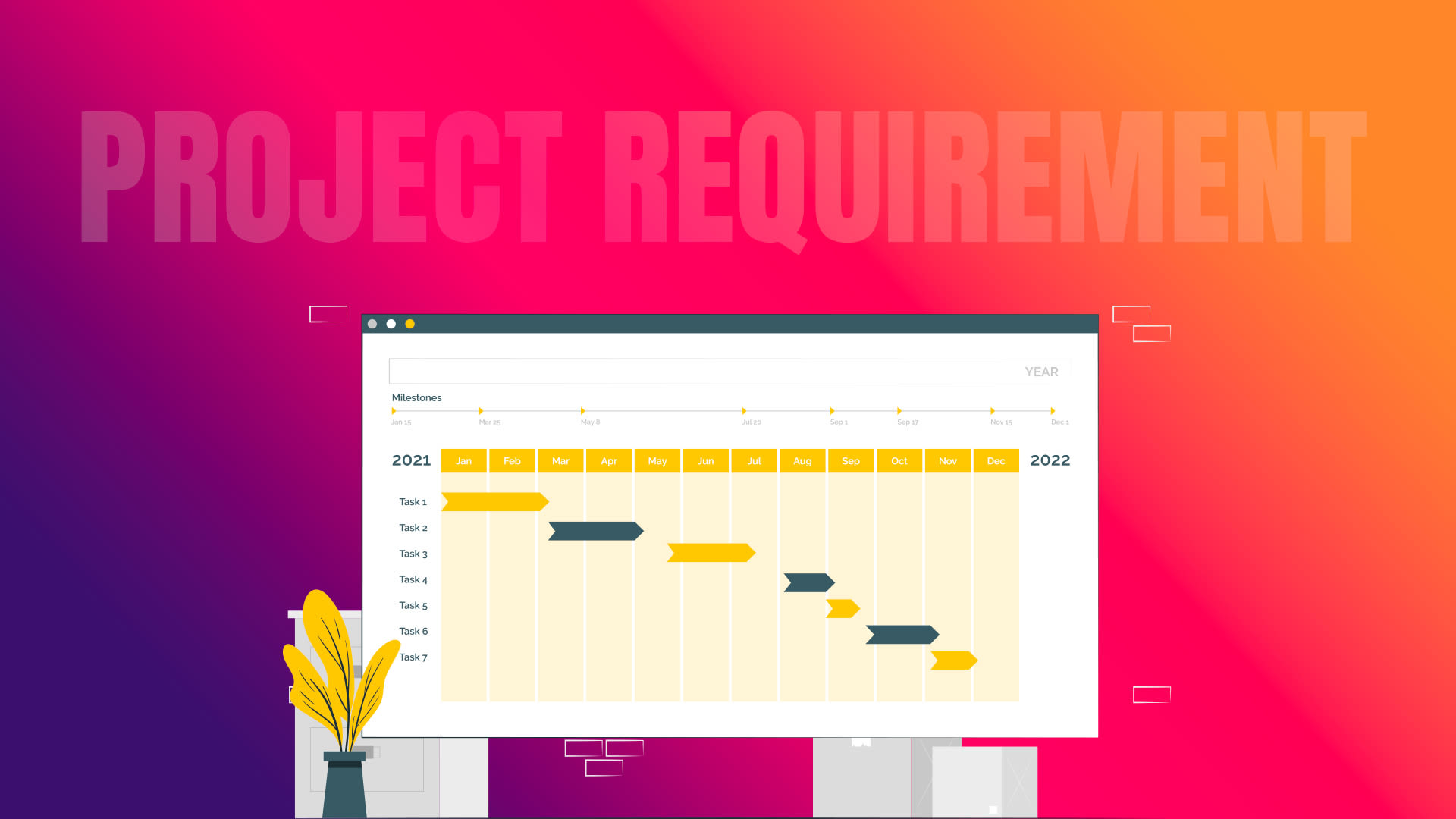
The beginning of the mobile app development process involves discussing the project in detail to identify if the developers can take this project forward. This is done over a short phone call. Basic details include what kind of application the client wants to develop, what the development budget is, and the timeline.
Business Insight & Estimation
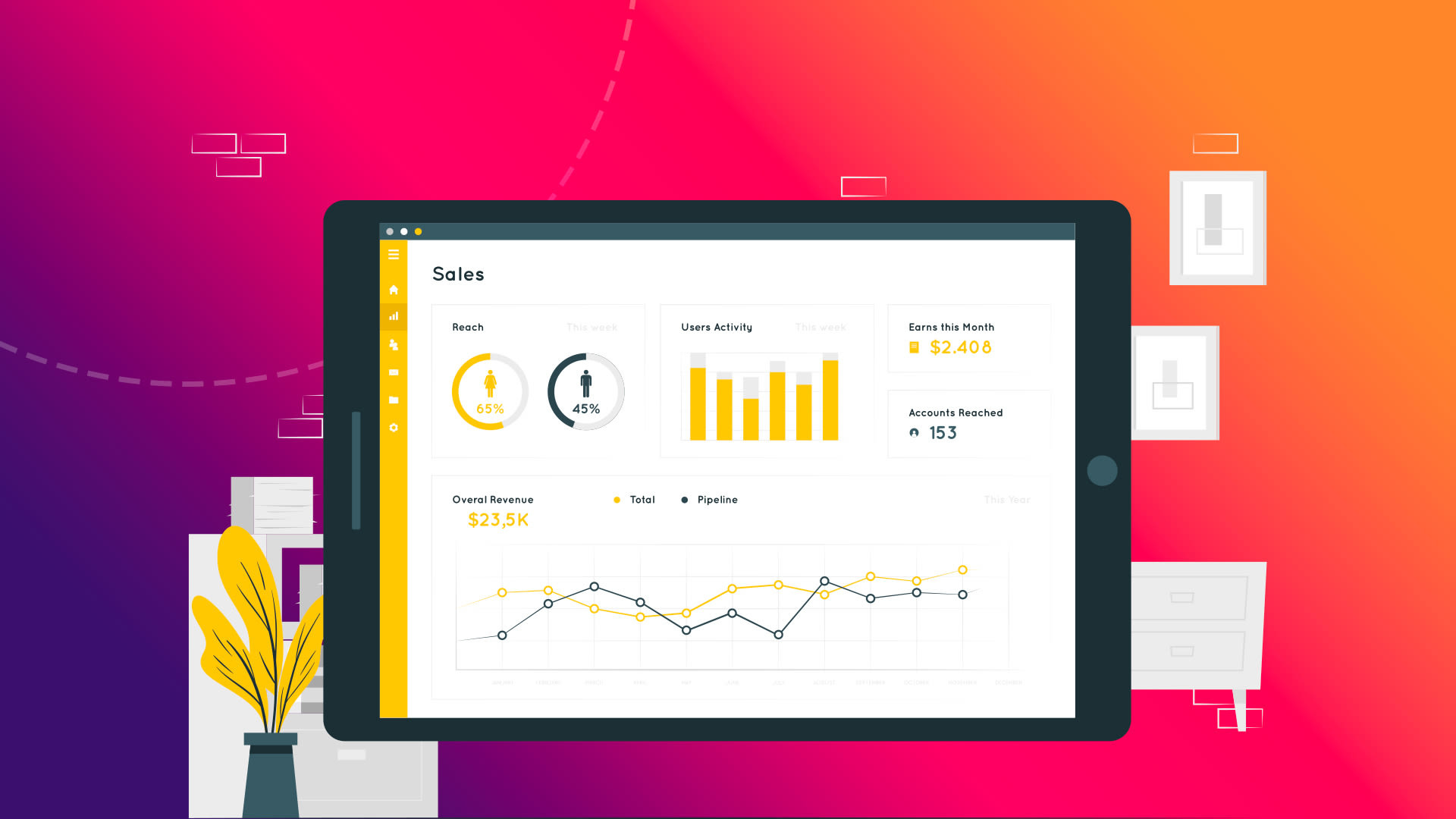
Team members are assigned and recommendations or suggestions are provided for your app development.
Signing NDA

If the client is willing to go ahead with the development, we make it official by signing an NDA.
A project development agreement is also signed which includes project deliverables, milestones, and legal clauses.
Wireframing of the App
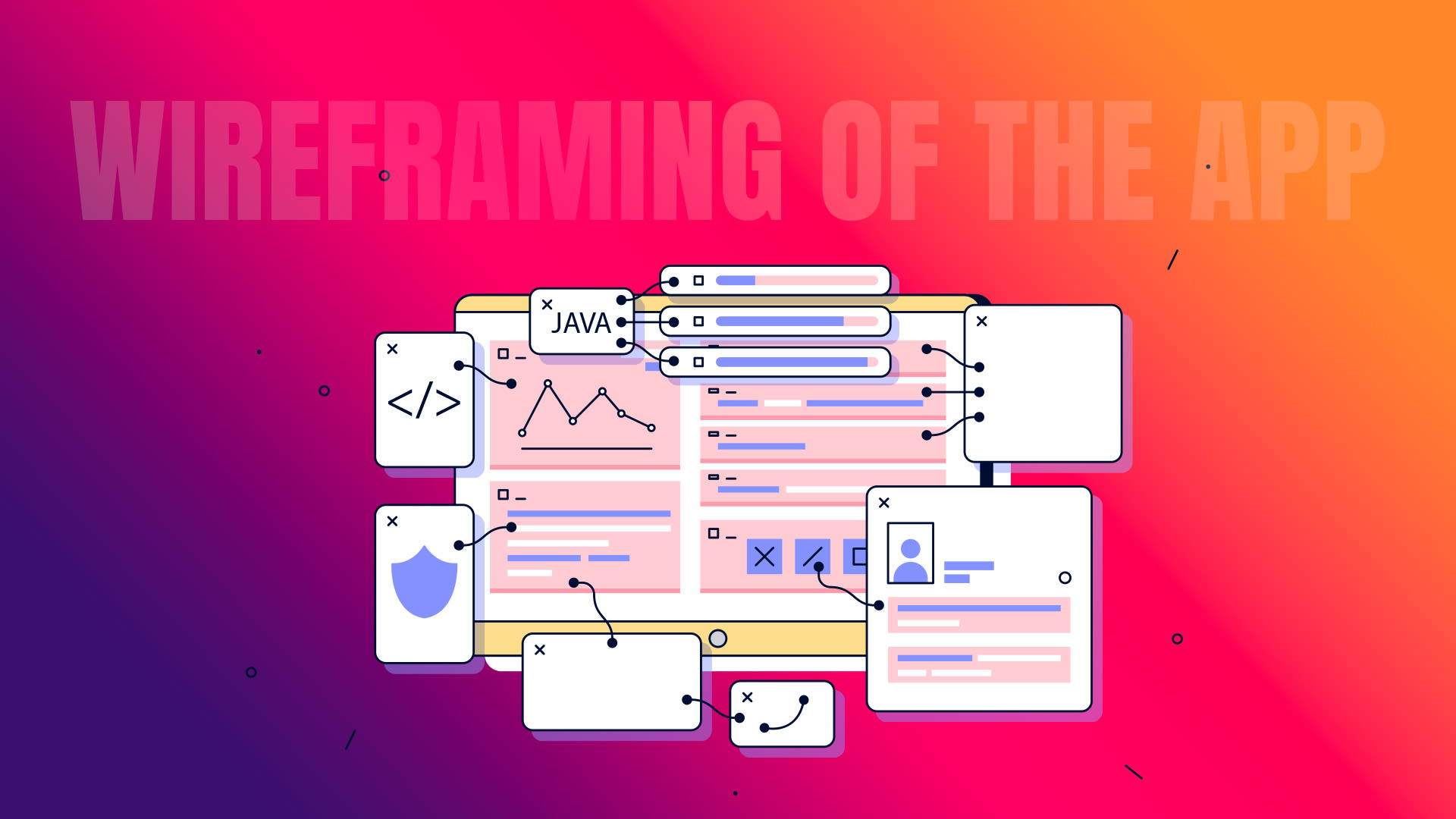
Before starting the development, it is imperative to finalize wireframing steps in mobile app development. The wireframe is a pillar for the application/website. It helps to understand the flow of the system and gives an idea of how it would function. The wireframe helps in estimating the development timeline, helps the designers get a basic idea of the system flow and aids them in creating accurate designs.
UI/UX Design
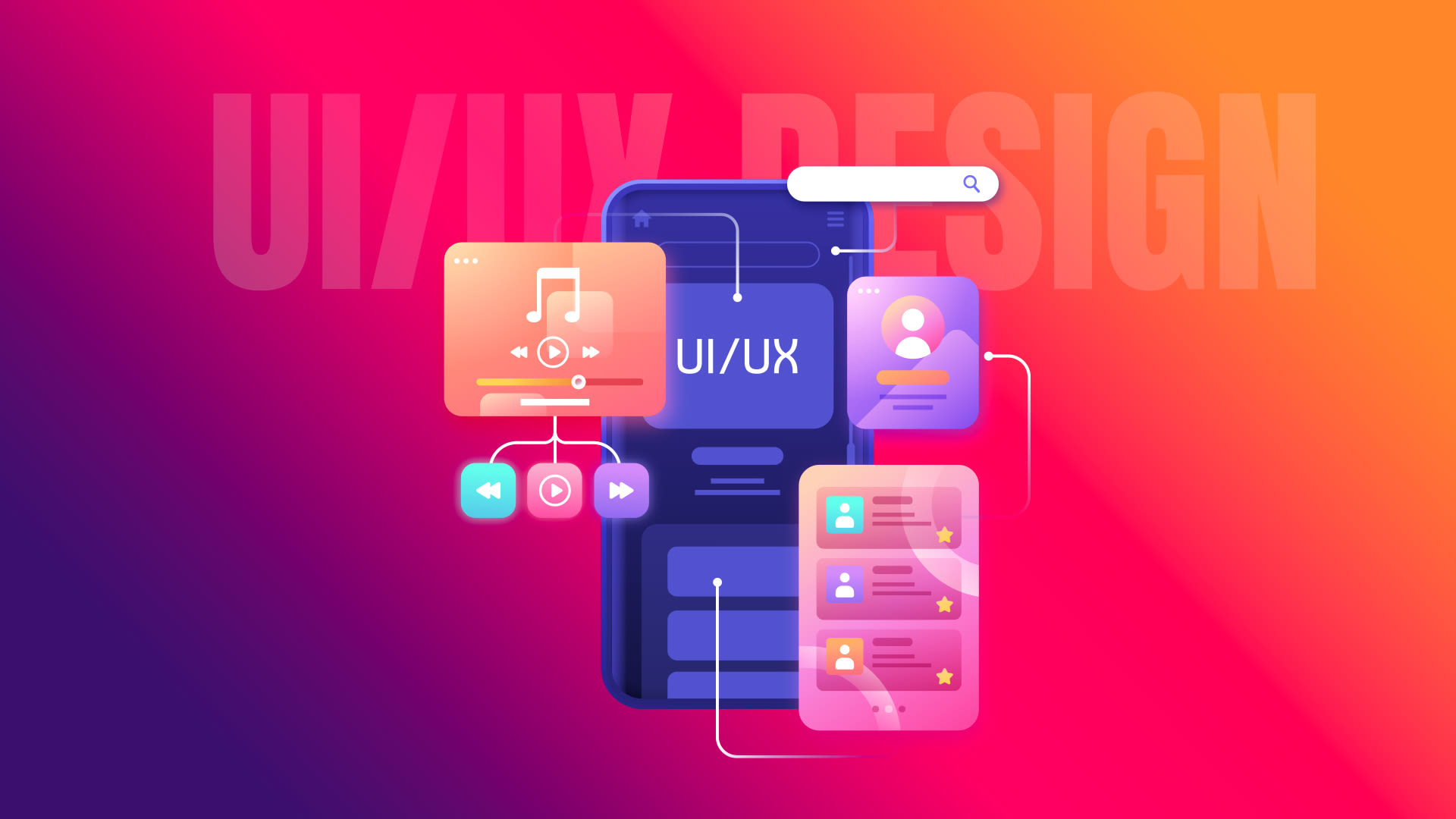
The core purpose of UX/UI design is to offer a seamless user experience and achieve customer satisfaction. Before preparing the initial app designs, preference of the clients are taken into account — the style guide which includes the color and fonts that will go into the app.
During this phase, sample designs are sent to the client. The sample usually contains an app icon, first screen, log in, and the home page. Two UI/UX choices are prepared and the team waits for feedback to make the necessary changes, if any.
App Development

After finalizing the app designs, the mobile app developers get down to bring everything into action. The project manager defines tasks to the developers and step by step they set to achieve the milestones.
The process of app development is divided into three parts:
Backend development
Backend development refers to the server side of an application that contains the database and server-side objects required for the mobile app’s supporting functionalities.
API Integration
This needs to be done to make communication possible with the app and backend servers.
Frontend Development
Frontend Development focuses on responsiveness and performance. Frontend developers provide the structure, appearance, and content of everything that appears on browser displays when the apps are opened.
Only the perfect mix of frontend and backend will make an app interactive and usable for everyone.
Q/A Testing
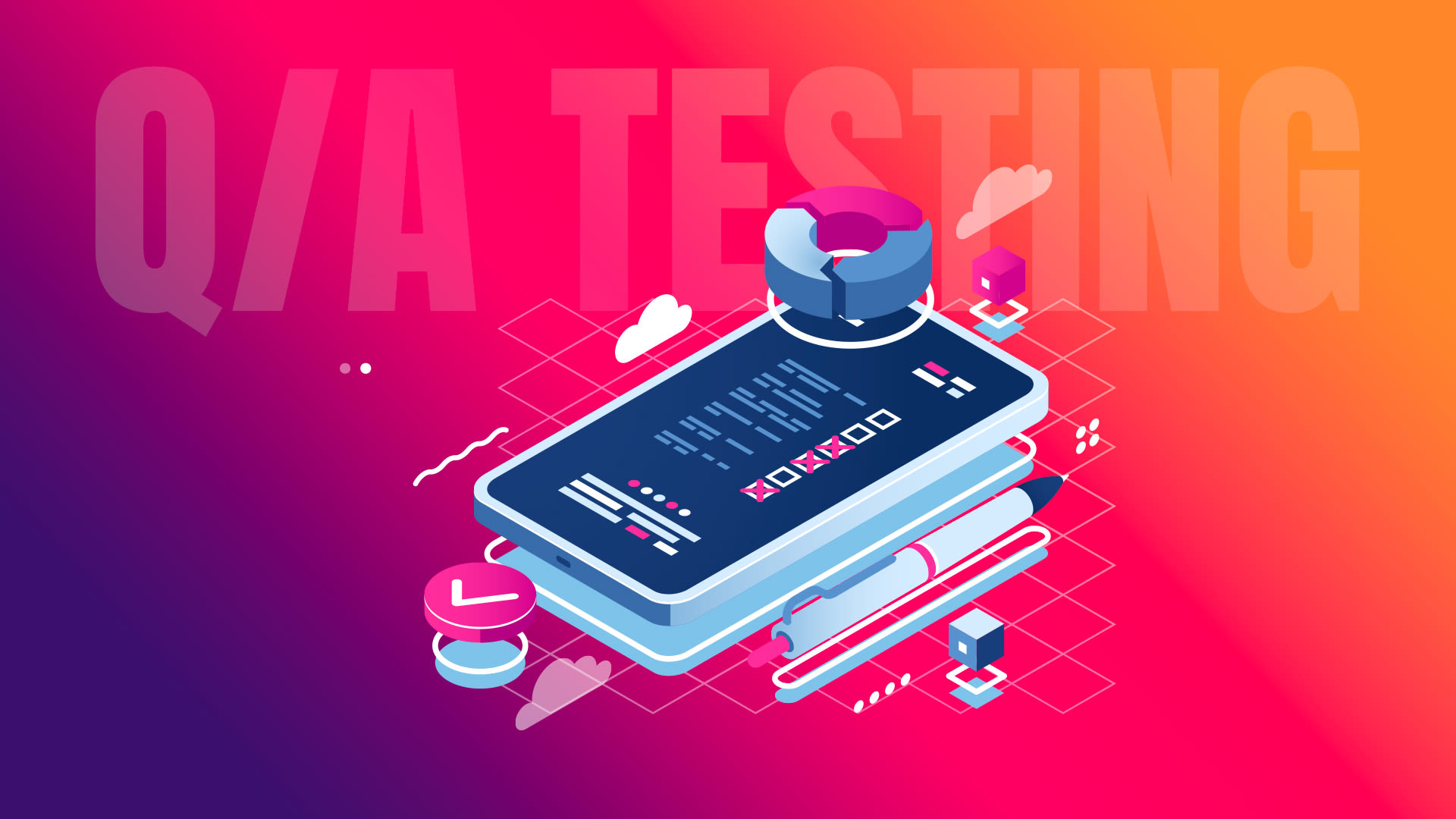
When creating a new app, it is important to keep testing the app to build a qualitative app and keep the cost low. The team runs various tests to make sure that the app works flawlessly and to find bugs as early as possible. The app is tested to check its usability and performance.
Launching the App
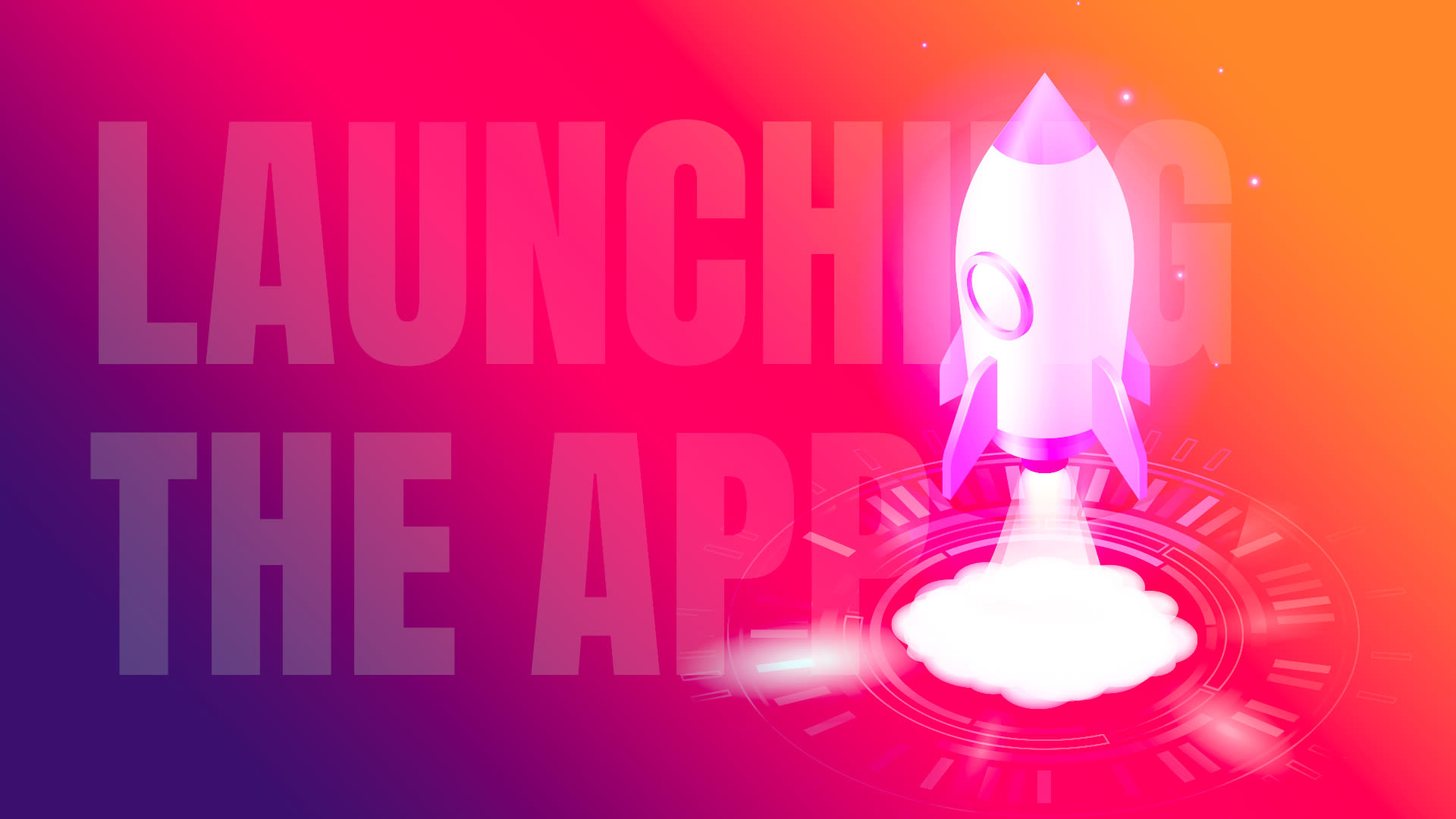
Once when you submit your app in the App Store, the app goes through a review process that may take a few days to several weeks. The review duration depends on the quality of the app and how closely it follows the iOS development guidelines.
Android does not have a review process. The app becomes available in the app store within a few hours of submission.
Once the app is deployed, the team monitors its usage through analytics platforms and measures the app’s success. Crash reports and other user-reported issues are also checked.
When feedback from the app users start to pour in, new features and technological updates need to be incorporated into the future versions of the app.
We hope this gives you a gist of what a mobile app development process looks like.
If you are considering having a mobile app built for your business, get in touch with us.
We are experienced in mobile app development. Our apps have gone through robust quality control checks to ensure reliability.